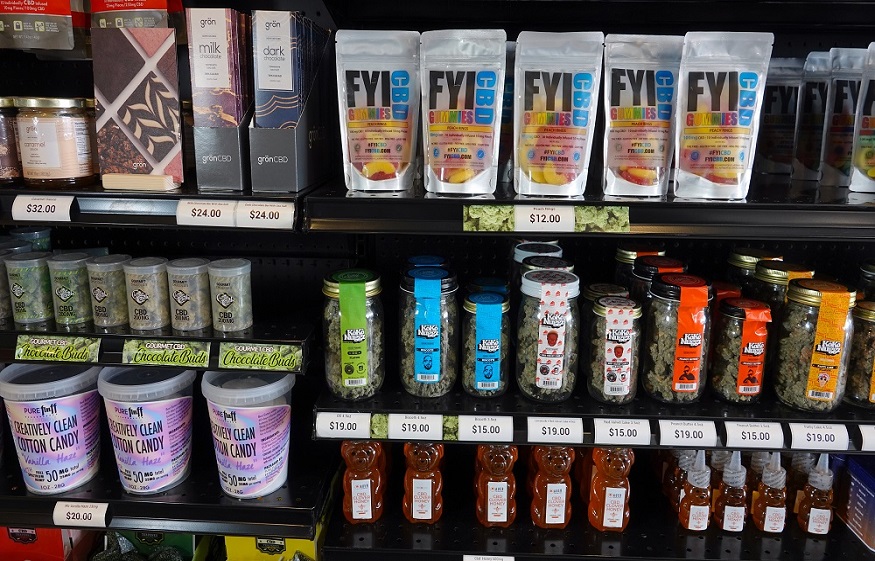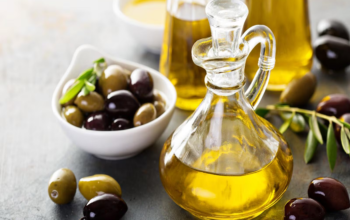At the time this post was written, medical cannabis was legal in thirty-seven states. Several others were working on legislation that could become law within the next few months. Eventually, the chances of all fifty states having active medical cannabis programs are pretty high. The result is a highly competitive market among growers and the manufacturers of medical cannabis products themselves.
As with any highly competitive industry, manufacturers in the cannabis space go to great lengths to win as many customers as possible. That is why you see so many cannabis strains and THC-derived medications on the shelves of a typical medical cannabis pharmacy. Every player is trying to bring something unique to the table.
As for consumers, they are gradually being offered a larger selection of choices. In some cases, the number of options on pharmacy shelves can be overwhelming. So much so that patients might not even know what is actually in the medicines they end up buying.
Differences in Cannabinoids
Any discussion about the ingredients in medical cannabis products starts with the differences between the various cannabinoids. At the Deseret Wellness pharmacy in Park City, Utah, all their medicines contain THC. Moreover, THC levels are in excess of 0.3% by volume.
It turns out that THC is not the only cannabinoid found in cannabis plants. It is also not the only one that is promoted for its supposed health benefits. CBD is another one. But CBD is not intoxicating. It is also not restricted under federal law. So while any corner store in Utah can sell CBD products, only licensed pharmacies can sell THC products.
Full or Broad Spectrum
Distinguishing between CBD and THC is just the beginning. Medical cannabis users also have to understand the difference between full spectrum, broad spectrum, and isolate products. Though the distinction is more important in the CBD arena, it also applies to THC medications.
A full-spectrum product is manufactured using all the oil extracted from cannabis biomass. That oil contains more than a hundred cannabinoids (including THC) along with terpenes, flavonoids, etc. In simple terms, the oil is extracted and then used as-is.
A broad-spectrum product is similar to full spectrum with one exception: its THC has been either significantly reduced or removed completely. Consumers looking for the health benefits of CBD without the intoxicating effects of THC tend to gravitate toward broad-spectrum or isolate products.
What is an isolate? It is the cannabis version of a concentrate. If you were to purchase a THC isolate, the product would contain no other cannabinoids. It may have some terpenes for flavor and scent enhancement, but THC would be the only cannabinoid in the product.
Other Product Ingredients
Speaking of terpenes, manufacturers are known to experiment with different terpene profiles in order to alter a product’s flavor and odor. But cannabinoids and terpenes do not make for usable products on their own. Manufacturers have to mix them with other ingredients in order to create vape cartridges, edibles, gummies, tablets, and capsules.
Those other ingredients would be considered inactive. However, they are still ingested. That means users have to be cognizant of them. Every ingredient in a medical cannabis product influences how that product affects users. To be a patient and not know what is in your medications is to not fully understand the implications of taking said medications.
Are you a medical cannabis patient? If so, do you know what is actually in your medicines? There is a lot to learn about what constitutes medical cannabis. If you really want to know, start studying up.




